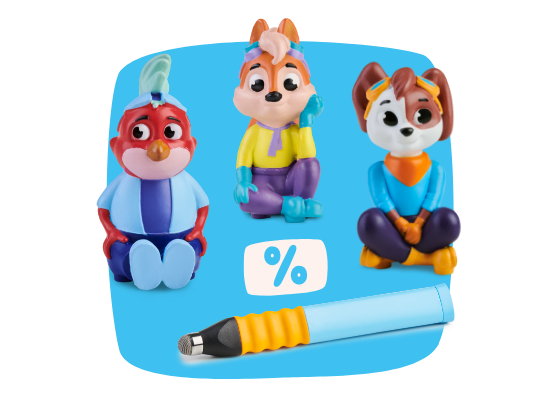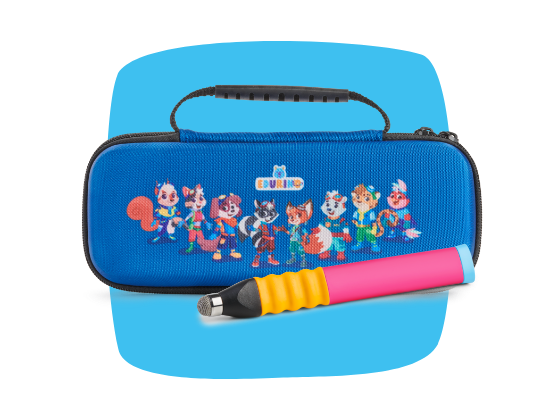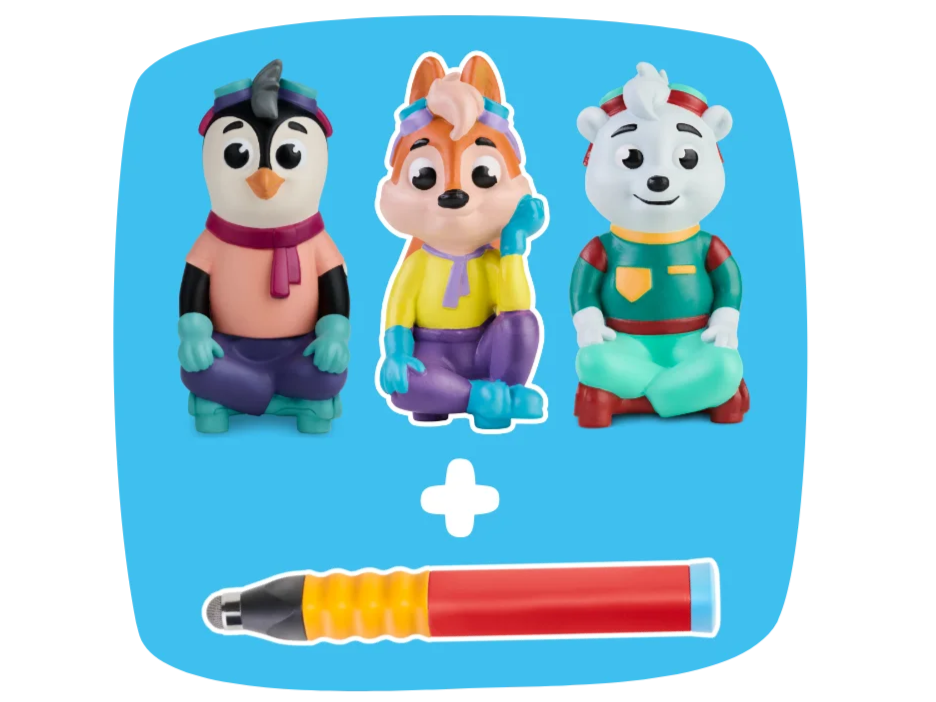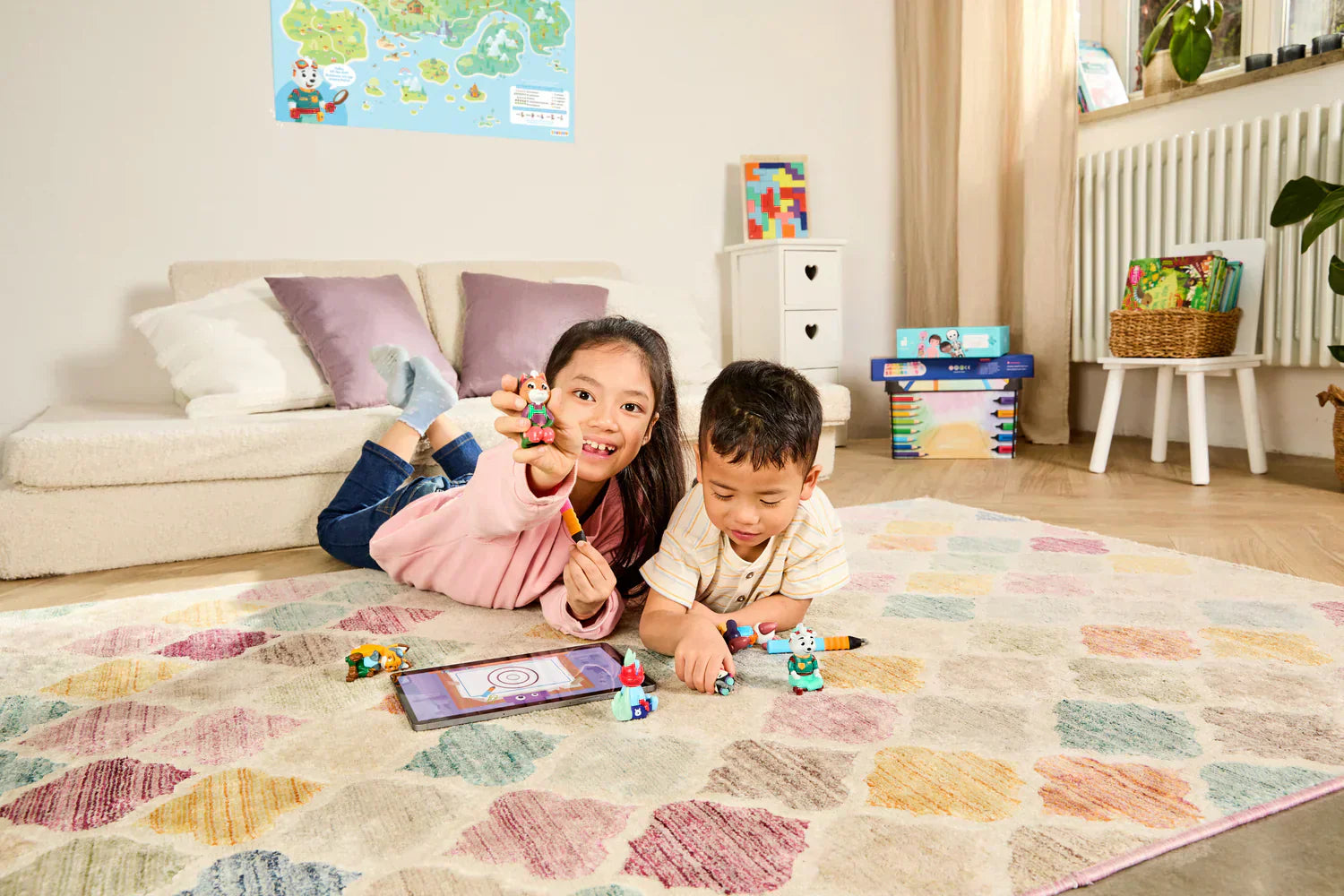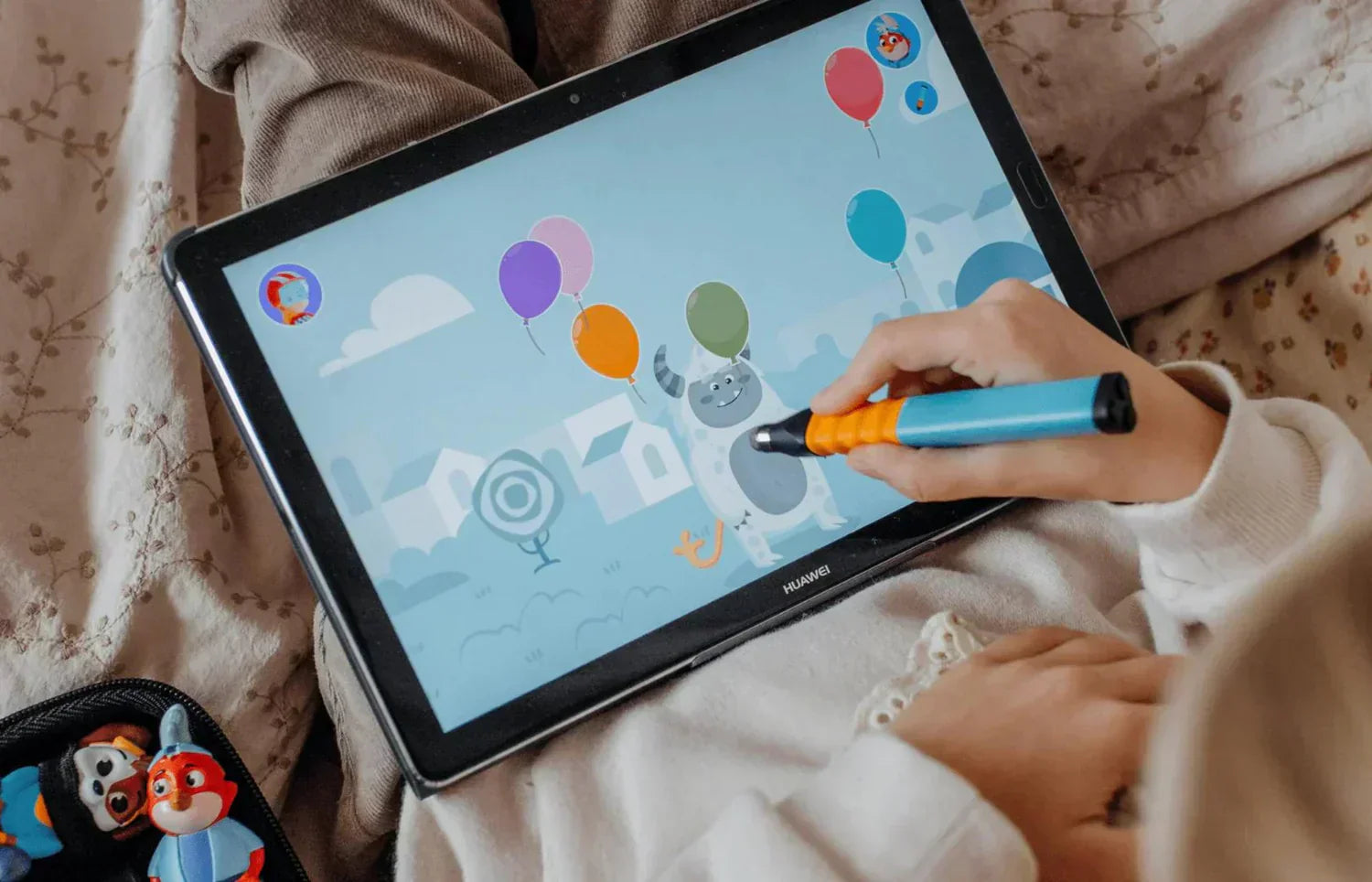At EDURINO, we believe that mastering phonics is the first step toward lifelong literacy. Join us on a playful and educational journey through the world of phonics, where analog and digital learning methods blend harmoniously and your child becomes a confident reader.
The power of phonics in children
In a world where words are the gateway to knowledge, phonics is the secret key to reading success. Phonics teaches children the sounds of letters and shows how they fit together to form words. This powerful approach gives them the tools to decode words independently, fostering reading fluency, comprehension, and a lifelong love of literature.
Building phonemic awareness
Phonemes, the smallest units of sound, are the building blocks of language. EDURINO's upcoming phonics games will introduce your child to these magical phonemes and help them develop phonemic awareness—the ability to recognize and manipulate sounds in spoken words. From rhyming and joining to segmenting and manipulating sounds, your child will become a master of phonemic wonders.
As a parent, you play an important role in supporting your child's reading journey. EDURINO offers resources and guidance so you can actively participate in your child's phonics journey. From suggested activities to reading recommendations, we provide you with everything you need to create a supportive environment that reinforces the concepts learned in EDURINO games.
Simple ways to support phonics learning at home
1. Read aloud – anywhere, anytime
Reading doesn't always have to mean plowing through a textbook before bedtime while your child insists on deciphering every single word of "Mr. McWiggle's Wobbly Wigwam." Read the cereal box. The back of a shampoo bottle. Turn on the subtitles for Miss Rachel and read along.
If your child can't read words yet—even better! Show them letters in their environment. "Look! There's an 'S' on the 'Stop' sign!" Make reading real, not limited to books.
2. Speak a little silly
OK, listen to me. Phonics is about connecting (pushing) and separating (pulling) sounds. Try "Time to get your c-oa-t" and have your child connect the word. Start with their favorite words to get them interested: "Shall we go to the p-ark?" "Can you find the train?" You might feel a little silly, but trust me, this really works.
3. Keep it fun and fast
English is a difficult language, and phonics is tough. Kids can get frustrated—and that's okay. The trick? Keep it short and sweet. A 5-year-old's attention span is... five minutes. You don't need a "phonics lesson" or a Pinterest-worthy routine. Try "I spy something you can't see" in the car, or dissecting words in the bathtub: "Did you squirt me?" A little, often, and playfully—that's the secret.
5. Try Mika from Edurino – Phonics help in the form of a game
Meet Mika. Mika opens up a world of phonics learning through fun and interactive games. Mika focuses on Phase 2 sounds, with an emphasis on segmentation—ideal for beginners or those who need extra support.
Mika helps children:
- Listen carefully and distinguish between letter sounds.
- To recognize sounds at the beginning, middle and end of a word.
- understand the phonetic structure of words and segment them
- Recognize upper and lower case letters
- to practice the formation of letters
- to develop a relaxed pen guidance and a three-point pen grip
- to strengthen fine motor skills
- All of this is taught through fun, short games that they will enjoy returning to.
From the perspective of a parent who does not master phonics
Phonics can feel like a mysterious code (for parents and children alike), but luckily, you don't have to crack it alone. With a few simple strategies (and a snack reward or two), you can help your child build confidence little by little. Phonics at home doesn't have to mean fighting over books. It can also mean giggles at breakfast and games in the car. And yes, sometimes a little technology helps.

